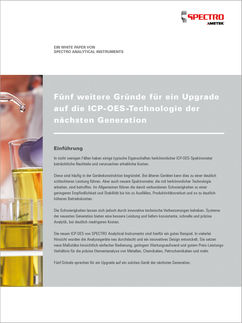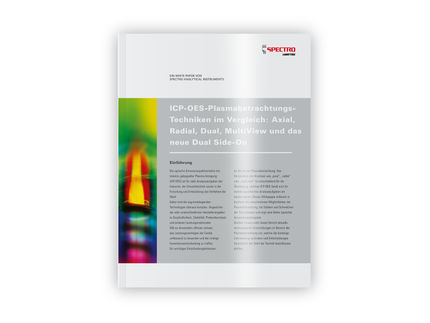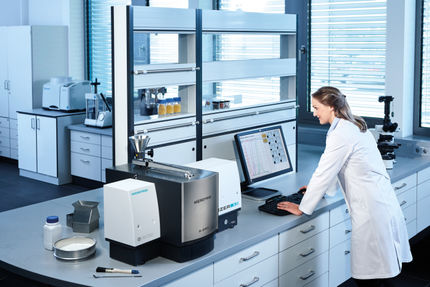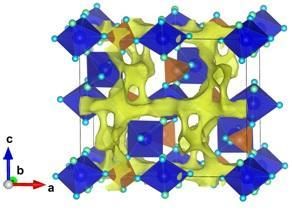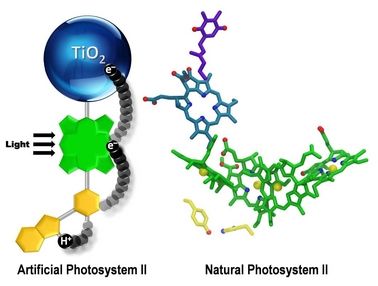Five Surprising Advantages Of the Latest ED-XRF Analyzers
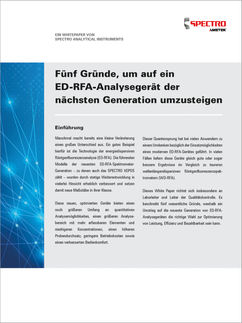
Optimizing Performance, Efficiency, and Affordability with Modern ED-XRF Technology
Sometimes a difference in degree can be so great it becomes a difference in kind. That’s what’s happened recently with energy dispersive X-ray fluorescence (ED-XRF) analyzer technology. The best of the newest generation of these instruments — such as SPECTRO XEPOS spectrometers, the flagship XRF analyzers from SPECTRO Analytical Instruments — have seen numerous improvements that are redefining their class.
Enhancements include quantitative analysis functionality; wider analytical scope for more elements and lower concentration levels; higher measurement speeds and sample throughput; improved spectra handling for greater screening method accuracy; comparatively lower cost of ownership; and greater ease of use.
This quantum leap has users rethinking what’s possible with a modern ED-XRF instrument. For many applications, it matches or surpasses the performance of a more expensive wavelength-dispersive X-ray fluorescence (WD-XRF) analyzer.
This paper may be of particular interest to laboratory and quality control (QC) managers. It highlights five main reasons why upgrading to next-generation ED-XRF analyzers may be their right choice to optimize performance, efficiency, and affordability.
Download white paper now

Five Surprising Advantages Of the Latest ED-XRF Analyzers
Optimizing Performance, Efficiency, and Affordability with Modern ED-XRF Technology
Advertisement
White Paper classification
White papers on related topics
Products on related topics
Manufacturers of similar products
Webinars on related topics
See the theme worlds for related content
Topic world Elemental analysis
Elemental analysis is a fundamental pillar of chemical research and enables the quantitative determination of the basic elements contained in a compound. It gives insight into the atomic composition and provides essential information about the structure and properties of molecules.

Topic world Elemental analysis
Elemental analysis is a fundamental pillar of chemical research and enables the quantitative determination of the basic elements contained in a compound. It gives insight into the atomic composition and provides essential information about the structure and properties of molecules.






